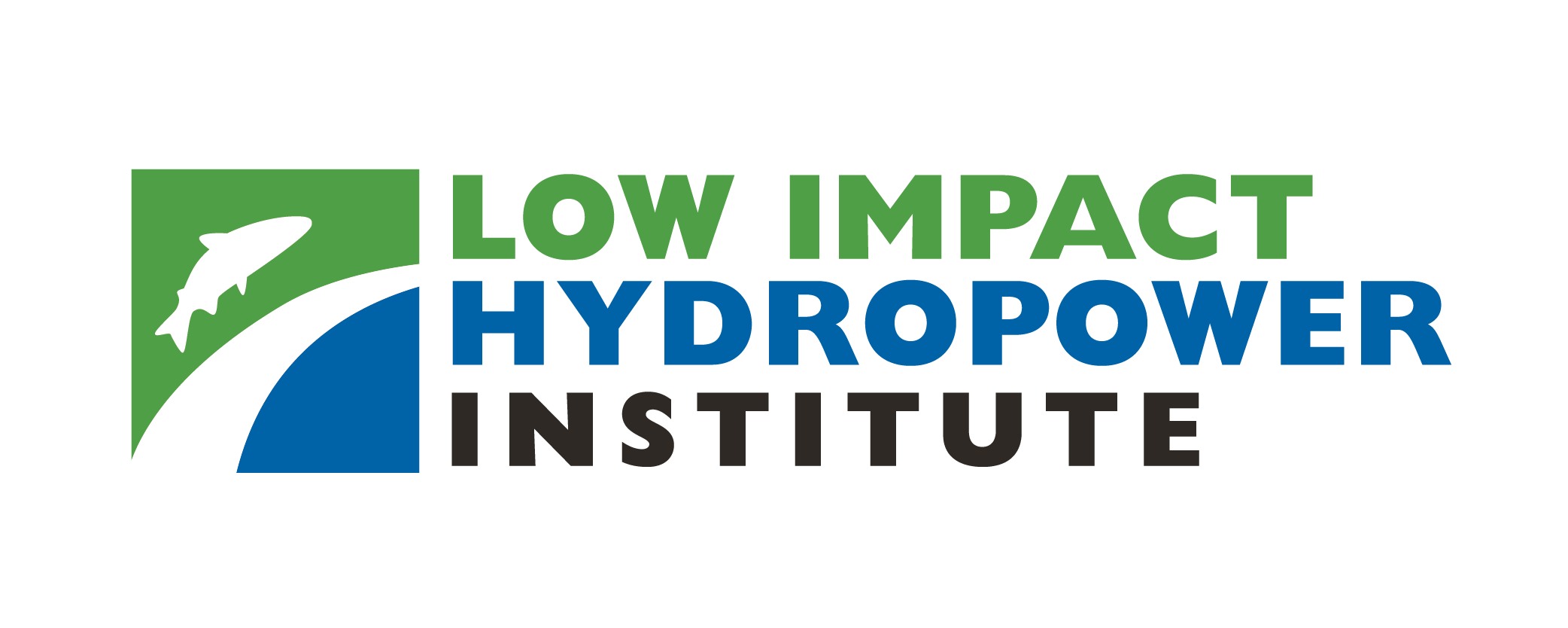Certification Program - Criteria and Goals
On November 20, 2014, the Governing Board of the Low Impact Hydropower Institute (LIHI) approved significant changes to the LIHI Certification criteria, and on March 8, 2016, LIHI published the 2nd Edition Certification Handbook that implements the revised criteria. The Handbook has since undergone several minor revisions. To access the current version of the Handbook, visit the Certification Handbook page.
Applications for Low Impact Certification are evaluated using a consistent, hierarchical set of eight criteria, goals, and standards. All criteria and their respective goals must be satisfied, but the alternative standards are designed to be flexible enough to be applicable to the wide range of conditions that can occur at different hydropower facilities in different river systems.
The criteria are defined for the primary areas of social and environmental impact associated with hydropower facilities. Goal statements are provided for each criterion (Handbook Section 3) and define the purpose or objective that must be satisfied. There are eight criteria and supporting goal statements, all of which must be met for a facility to become Low Impact Certified:
LIHI Certification enhances economic viability for clean, renewable generation while also supporting reinvestment in the protection of local river ecosystems. Certified Low Impact hydropower projects (facilities) meet eight specific science-based environmental, cultural and recreational criteria established by the Low Impact Hydropower Institute (LIHI) as listed below.
1) Flow regimes that support healthy habitats
Goal: The flow regimes in riverine reaches affected by the facility support habitat and other conditions suitable for healthy fish and wildlife resources.
2) Water quality supportive of fish and wildlife resources and human use
Goal: Water quality is protected in water bodies directly affected by the facility, including downstream reaches, bypassed reaches, and impoundments above dams and diversions
3) Safe, timely and effective upstream fish passage
Goal: The facility allows for the safe, timely, and effective upstream passage of migratory fish to ensure that migratory species can successfully complete their life cycles and maintain healthy populations in areas affected by the facility.
4) Safe, timely and effective downstream fish passage
Goal: The facility allows for the safe, timely, and effective downstream passage of migratory fish. For riverine (resident) fish, including resident potamodromous fish, the facility minimizes loss of fish from impoundments and upstream river reaches affected by facility operations. Migratory species can successfully complete their life cycles and maintain healthy populations in the areas affected by the facility.
5) Protection, mitigation and enhancement of the soils, vegetation, and ecosystem functions in the watershed and on shorelines
Goal: The facility has demonstrated that sufficient action has been taken to protect, mitigate or enhance the condition of soils, vegetation, and ecosystem functions on shoreline and watershed lands associated with the facility.
6) Protection of threatened and endangered species
Goal: The facility does not negatively impact federal or state listed species, or tribal trust species.
7) Protection of impacts on cultural and historic resources
Goal: The facility does not adversely impact cultural or historic resources associated with the facility’s lands and waters, including archaeological sites, historic era sites, traditional cultural landscapes, traditional cultural properties, and other tribal trust resources.
8) Recreational, public and traditional cultural access is provided without fee or charge
Goal: The facility accommodates recreational activities on lands and waters controlled by the facility; and provides recreational, public, and traditional cultural access to its associated lands and waters without fee or charge.
